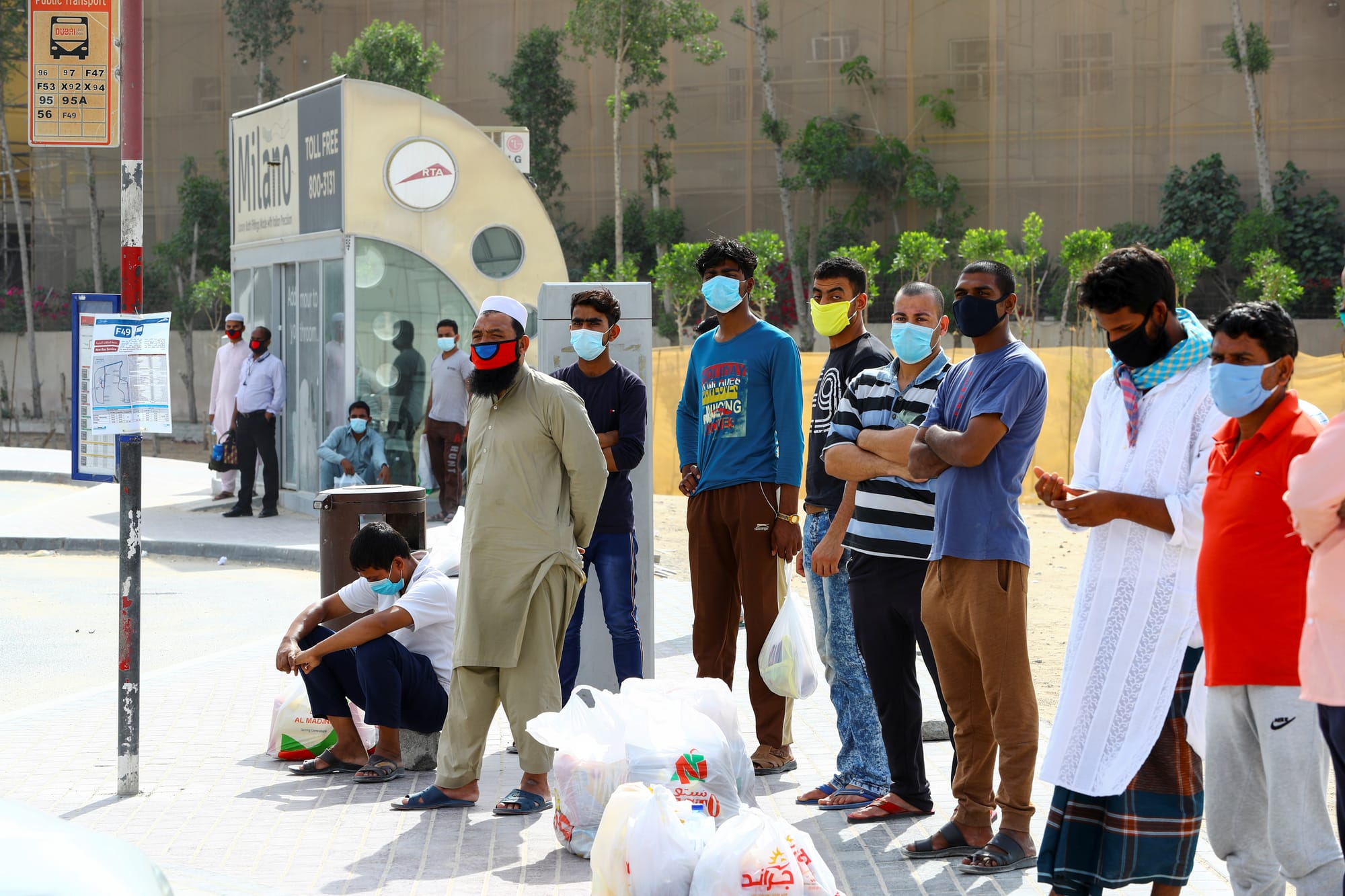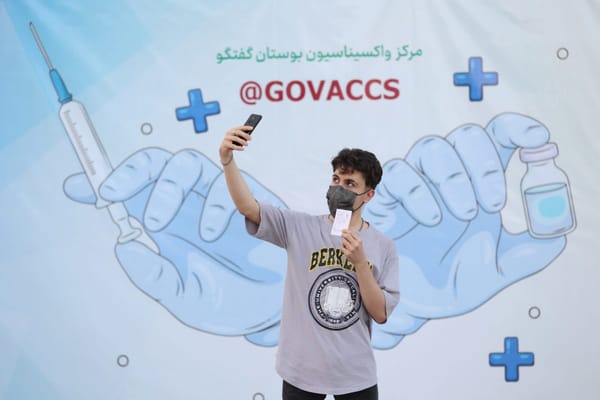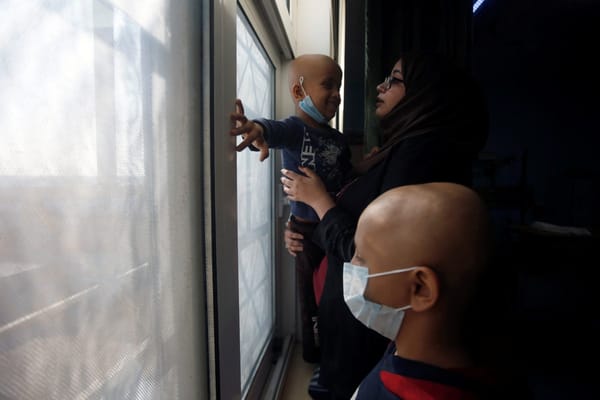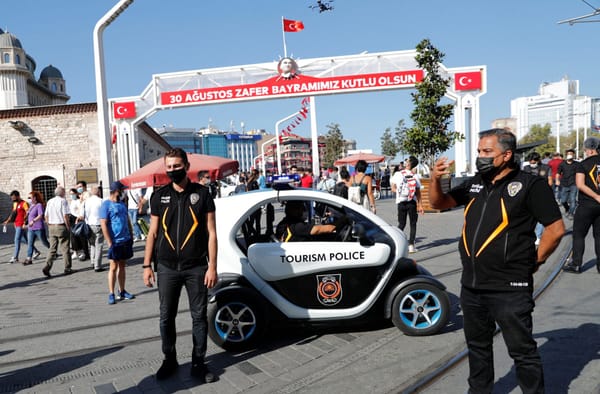No Good Options for Migrant Workers in Gulf COVID-19 Lockdown
Andrea Wright talks to South Asian migrant workers in the Gulf to find out how the pandemic is affecting their lives. They explain that if they stay in the Gulf, they risk abandonment by their employers and coronavirus infection from cramped living conditions. If they return to India under lockdown,











